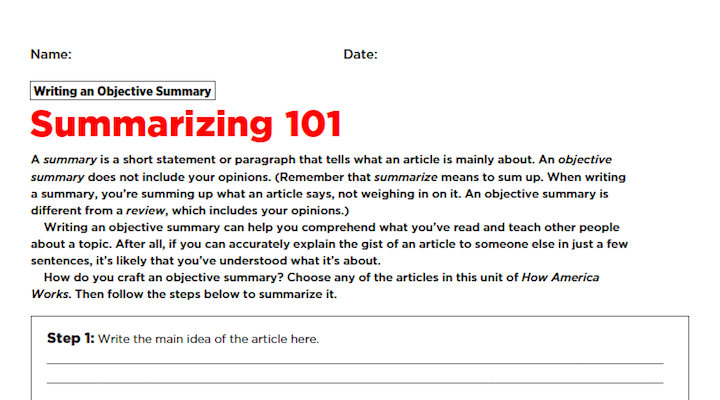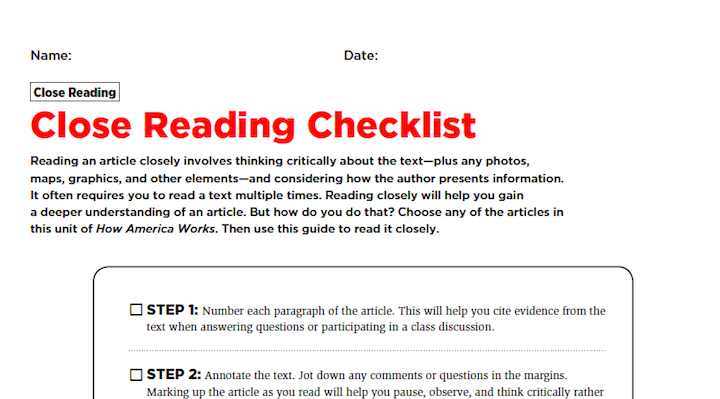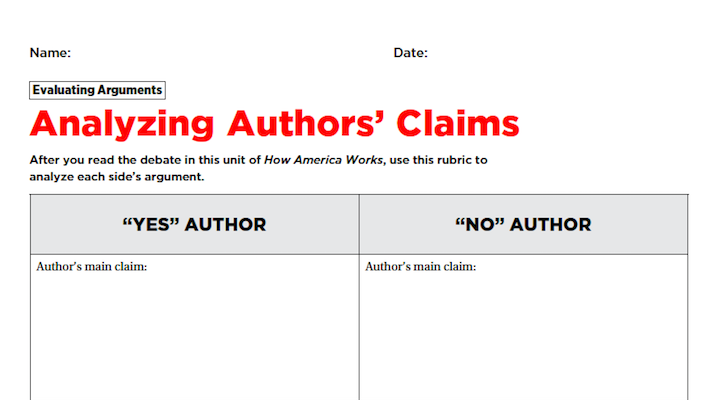Major Concepts
• The U.S. government is divided into three branches: legislative, executive, and judicial.
• Each branch has its own responsibilities and powers.
• A carefully constructed system of “checks and balances” ensures that no single branch has too much power.
Discussion Topics
1. How well does the system of checks and balances work, in your opinion? Do any of the branches seem to have more power than they should? If so, what changes would you propose?
2. As you can see from the chart on page 71, almost all current members of Congress belong to one of two political parties: the Democrats and the Republicans. From your perspective, what are the major differences between these parties? What do they have in common? Why do you think there are so few major political parties in America? Would the nation benefit from a wider variety of political parties? Are there downsides to having more parties?
3. Do you think having two Senators for every state, regardless of population, makes sense? What are the pros and cons of this system? When the Founders devised this system in 1787, do you think they anticipated a future in which the difference in population between the most populous and least populous states would be as vast as it is today?
4. One common complaint about the federal government is that Congress is unable to accomplish very much due to an unwillingness to compromise. Do you agree? Is it more important for members of Congress to stick to their values, or should they compromise more often in order to get things done?
Activity: Get to Know Your Members of Congress
1. INVESTIGATE:
Ask students if they can name their U.S. senators and House members.
(See https://www.house.gov/representatives/find-your-representative to determine which congressional districts students live in.)
2. RESEARCH:
Have students choose one of their senators or representative to research, then write a short profile of that person.
The profile should include basic biographical information as well as a summary of the senator’s or representative’s positions on key issues and achievements in office.
3. WRITE:
After writing the profile, students should write and send a letter or e-mail to the senator or representative they chose.
In the letter or e-mail, they should discuss an issue that is personally important to them and what they think should be done about it.
4. RECORD:
Ask students to update the class if and when they receive replies.
Keep track of which senators and representatives write back and how they respond to students’ concerns.
Videos
Political Parties in America
How political parties evolved in the U.S., and their role in our civic life today.
Unboxing Congress
The basics of the United States Congress, one of the three branches of the federal government.
What is Gerrymandering?
How redistricting works, and sometimes doesn’t.
Skills Library
Header image: Shutterstock.com





